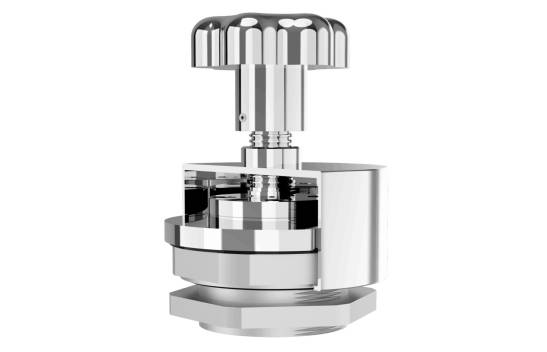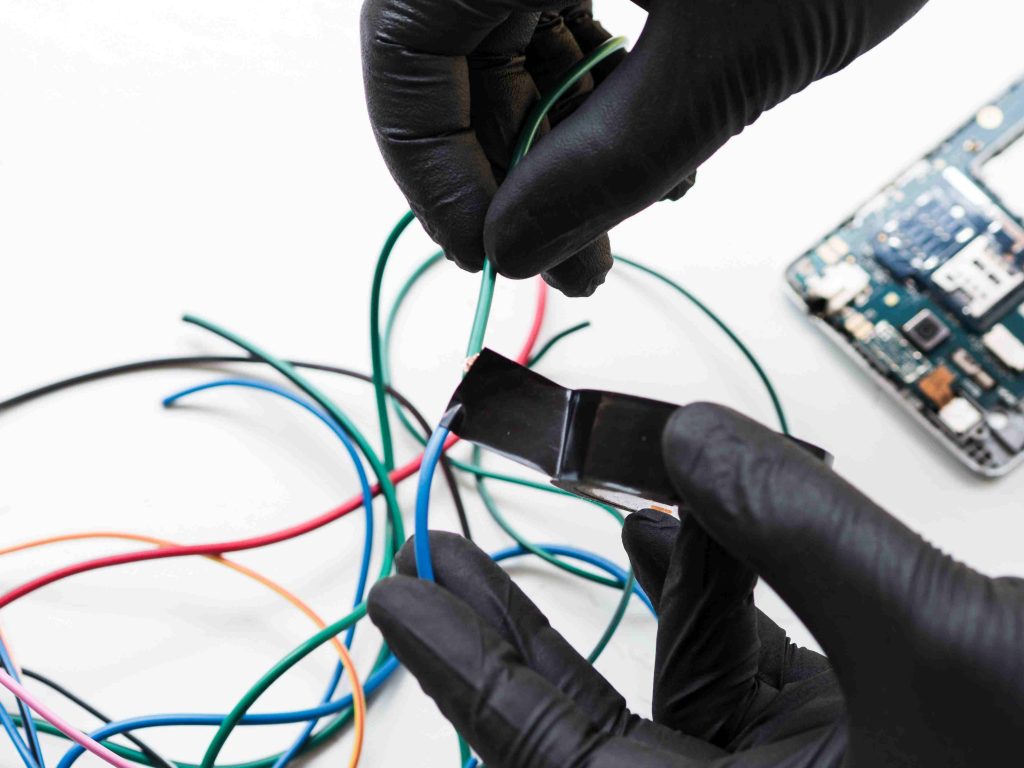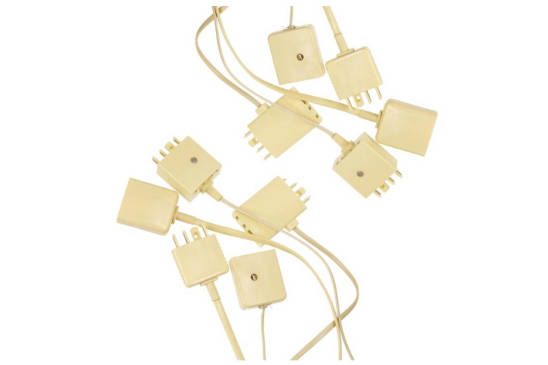Protecting Battery Safety Starts with the “Breathing Valve”
In the new energy era, battery pack safety is a focal point for all automakers, battery manufacturers, and users. We understand that the consequences of a battery pack exploding due to thermal runaway are unimaginable. The explosion-proof valve (also known as a pressure relief valve) is the last physical line of defense for battery safety. It remains sealed under normal conditions, but opens rapidly to release pressure when internal pressure abnormally increases, acting like a smart “breathing valve.” However, how can the integrity of this line of defense be guaranteed? Is it installed correctly? Are there any tiny leaks in the casing? This leads to a crucial step in battery pack production and maintenance—air tightness testing.

Traditional testing methods often face risks such as inadequate sealing, cumbersome operation, and even damage to the valve body. Today, we will introduce you to a professional tool that can completely solve these pain points—Guheng Energy‘s screw-type explosion-proof valve injection fixture—and reveal how it has become an indispensable “key step” in battery safety testing.
What is a screw-type explosion-proof valve injection fixture?
Definition and Core Role
Simply put, the screw-type explosion-proof valve injection fixture is a high-precision integrated tool specifically designed for testing the airtightness of battery pack explosion-proof valves. Guheng’s innovation lies in combining the “sealing plug” and the “injection interface” into one, achieving rapid and reliable sealing and pressure testing of the explosion-proof valve through a simple mechanical structure. It plays the role of a “pressure gatekeeper” in the final inspection of the battery pack production line, factory quality inspection, and after-sales maintenance, directly verifying the integrity of the explosion-proof valve itself and its seal with the mounting surface of the enclosure.

What industry pain points does it solve?
Before the advent of Guheng Energy’s tooling, the industry generally faced several major challenges:
- Inaccurate results: Temporary sealing methods resulted in poor sealing, leading to inaccurate test data and allowing potentially hazardous products to be missed.
- Low efficiency: Required multiple tools and numerous operating steps, impacting production cycle time.
- High risk: Improper operation could easily scratch the threads of the explosion-proof valve or damage its internal pressure relief diaphragm, creating unintended safety hazards.
The emergence of Guheng Energy’s tooling is precisely to solve these problems accurately and efficiently.
How does the screw-type explosion-proof valve injection tooling work?
Unique “two-in-one” design concept
Unlike traditional split tools, our design concept is “simplification.” Sealing and injection functions are integrated into a compact tooling unit, eliminating the need for users to change tools during testing, achieving highly efficient “one-time connection, all done” operation. This not only improves efficiency but also fundamentally reduces leakage points and operational errors caused by multiple disassemblies and reassemblies.
Step-by-step working principle of the gas injection fixture:
Step 1: Precise alignment and initial sealing
The operator selects a fixture adapter that matches the target explosion-proof valve model (e.g., the common PAM40*1.5-15) and aligns its front thread with the valve body.
Step 2: Tightening the screw for dynamic sealing
This is the core of the fixture. Rotating the central screw at the tail of the fixture pushes an internal push rod or piston forward, compressing the front sealing ring (e.g., an O-ring). Under pressure, the sealing ring undergoes radial elastic deformation, tightly adhering to the inner wall of the explosion-proof valve, forming a uniform and reliable airtight barrier. This “inside-out” dynamic sealing method ensures extremely high sealing reliability.
Step 3: Integrated gas path injection for testing
While the seal is established, test gas (e.g., clean air or nitrogen) is injected stably into the battery pack through an independent gas path integrated inside or beside the screw, passing through the sealed explosion-proof valve. This gas path can be connected to our professional testing equipment.
Step 4: Pressure Holding and Judgment
After the preset pressure is reached, the gas supply is shut off. At this point, the fixture itself remains sealed, forming a closed test chamber with the battery pack. The testing instrument enters the pressure holding monitoring phase. By analyzing the pressure decay value per unit time, the airtightness of the battery pack assembly can be accurately determined.
Why is Guheng Energy’s fixture a better choice?
At Guheng Energy, we provide not only tools, but also a complete solution. Our PW40 screw-type explosion-proof valve injection fixture stands out due to the following core advantages:
- Superior sealing performance: Precision mechanical structure and high-quality sealing materials ensure long-term sealing stability even with repeated use, making every test result reliable.
- Unparalleled ease of operation and safety: “One-stop” operation greatly improves testing efficiency while avoiding accidental damage to the fragile components of the explosion-proof valve, achieving non-destructive testing.
- Wide compatibility and high durability: We provide a variety of adapters compatible with mainstream explosion-proof valve models on the market. The main body of the tooling is made of high-quality alloy steel and other materials, ensuring a long service life under high-intensity operating environments.
- Empowering Full Battery Lifecycle Management: This tooling is not only a powerful tool on the production line, but when used in conjunction with Guheng Energy’s BST-DW battery pack service terminal maintenance and testing instrument or portable leak detector, it becomes a powerful tool for after-sales maintenance and accident investigation, truly ensuring the safety of batteries from “birth” to “retirement”.
We deeply understand that reliable testing stems from precise control of every detail. Therefore, our screw-type explosion-proof valve injection tooling, QMM series portable leak detectors, and ETS battery pack service terminal functional final inspection instrument together constitute Guheng Energy’s solid product matrix in the field of battery safety testing, providing customers with comprehensive support from point to surface.
FAQ
Q: In which situations is the screw-type explosion-proof valve injection tooling mainly used?
A: It is mainly used for final inspection of new energy battery packs on the production line, factory quality inspection, and quality inspection at after-sales service stations. This tool is required for any process that needs to verify the airtightness of the battery pack enclosure (via the explosion-proof valve interface).
Q: Is it compatible with different brands and models of explosion-proof valves?
A: Yes. Guheng Energy’s screw-type explosion-proof valve injection fixture offers a variety of replaceable adapters, perfectly compatible with many mainstream explosion-proof valve models such as the Puwei PAM40*1.5-15, achieving multi-purpose functionality and saving costs for customers.
Q: Will using this fixture damage the explosion-proof valve itself?
A: Correct use will not only not damage it, but will also provide protection. Guheng Energy’s fixture is designed with “non-destructive testing” in mind. Its screw applies force evenly and gently, achieving a seal by compressing the sealing ring, avoiding potential damage to the explosion-proof valve threads or internal diaphragm caused by rough handling.
Q: What are the key precautions when performing airtightness testing?
A: First, it is essential to select the correct adapter provided by Guheng Energy according to the explosion-proof valve model. Secondly, tighten the screw with moderate force, ensuring only a seal is achieved; do not overtighten. Finally, before injecting air, ensure an effective seal is established between the tooling and the valve body to prevent pressure leakage from affecting detection accuracy or causing safety hazards.





